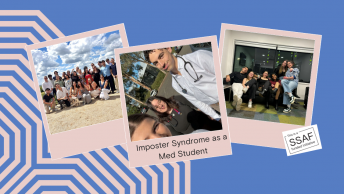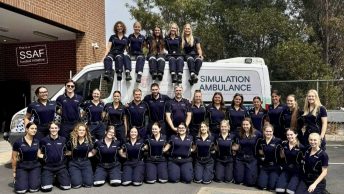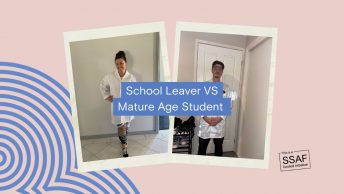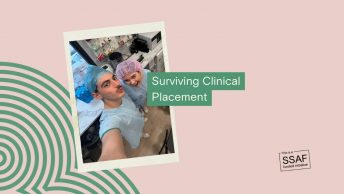This post is over three years old, the information may be outdated.
by Cassidy Brown
Assistance dogs are changing the way we can study at Charles Sturt University. This is due to increasing awareness of the ability of animals to improve mental and physical health. To clarify, there are three categories of assistance dogs – service, therapy and emotional support. Put simply, service dogs help those with disabilities such as visual and hearing impairments.
University campuses can accommodate these specially trained dogs if they have been accredited by Greater Southern Area Health Service.
There is increasing ownership of the third category, emotional support animals (ESAs). For me, the prospect of having my own ESA is most exciting! Evidence shows that emotional support dogs have potential benefits for people suffering from mental conditions, such as depression.
Dusty, my 10-month old hypoallergenic pet groodle, loves spending as much time as possible with me. He suffers from separation anxiety but I’ll admit, I suffer from anxiety too. I’m currently examining the pros and cons of registering him as an assistance dog.
I first heard about ESAs from a professional dog trainer. The success of an ESA scheme relies on being able to assimilate assistance dogs into university life. Some considerations of integrating ESAs on to campus could include:
- Increasing pet-friendly accommodation. Unfortunately most places do not allow pets. They may accept guide dogs but not assistance dogs.
- Ensuring pet welfare. The environment that pets are in must be appropriate including access to shade, water and adequate space.
- Making adjustments to learning spaces. Lessons may need to be modified to separate animals from students who are allergic to or frightened of dogs.
I enjoy the uncomplicated companionship with my pet pooch. Though, I do wish I could take Dusty to read at the library. He quite likes Dostoevsky.
I would like to hear from anybody who has undertaken the application process for an assistance dog and if you have come across any stumbling blocks in public areas.










